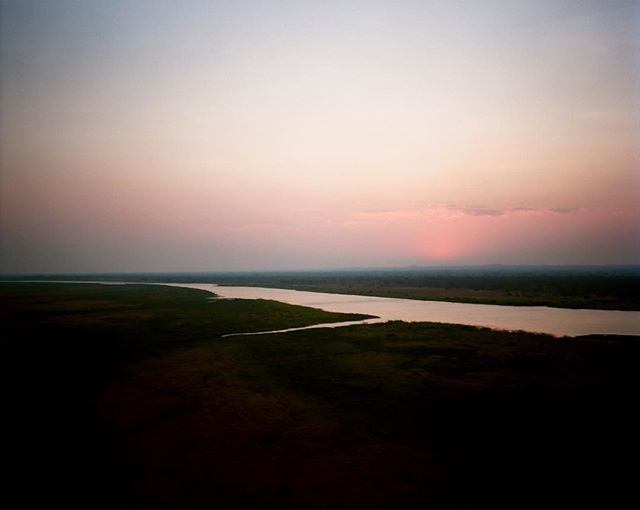News



I’ve walked these hills now. I’ve followed in the footsteps of a game keeper with four generations of knowledge passed from father to son, and father to son once more. Imagine that, at best estimate almost 200 years of knowledge and understanding of the nature of what is – and what is required, of these extraordinary lands. I’m humbled by the depth of his understanding and knowledge of these lands. We must listen to those who’s blood runs through this land, the blood of four generations. I’ll be bringing more from here over the coming months, and hopefully, as a result, understand more about our increasingly complex relationship with wildlife. The challenges we face in order to maintain the habitat on which wildlife does not simply survive, but flourish, under the stewardship of those who truly understand the significance of these spaces, not those who manage from afar, but those with the smell of fresh air, wind, rain, and moss on their clothes.
Humbled by this wild and beautiful place.












































